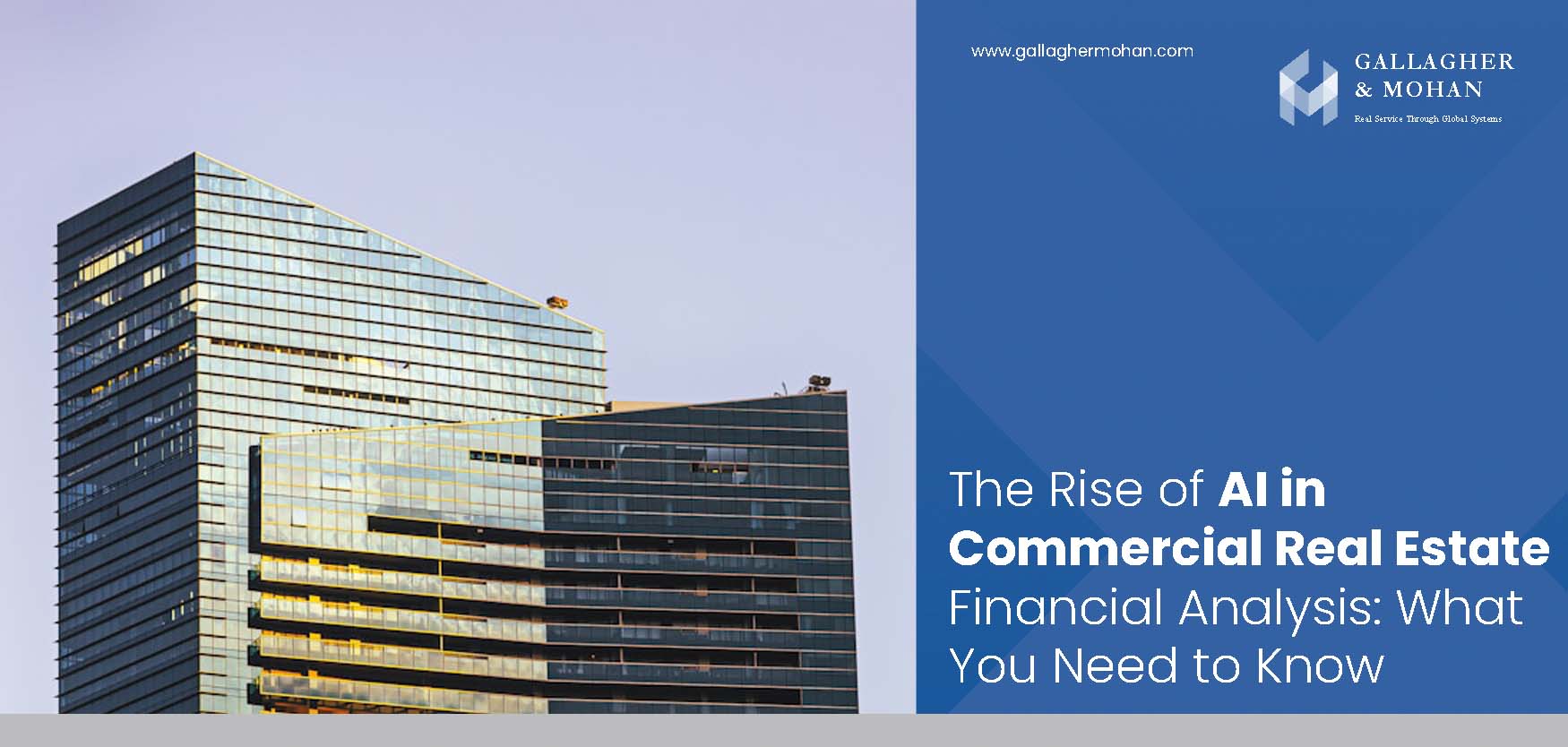21 September 2023
Resilience and Renewal: A Look at the U.S. Life Science Market
In the wake of unprecedented challenges and uncertainties, the U.S. life science market is undergoing a transformation. A recent report by JLL, "2023 Life Sciences Industry and Real Estate Perspective," sheds light on the current state of the life science sector across the United States and provides insights into the future of lab space demand. At Gallagher & Mohan, we believe it's crucial for high-profile corporate real estate firms, agents, and brokers to stay informed about these trends to make strategic decisions.
A Market in Transition
Between 2020 and 2022, the U.S. life science market experienced what some have described as a "sugar high." However, as of 2023, the landscape has shifted. Factors such as volatility in capital markets and fluctuations in interest rates and inflation have created downward pressure on rents and occupancy in the sector. The demand for lab space has slowed, leading to a reset in the market.
At the end of 2021, demand for lab space across the top eight U.S. markets exceeded 25 million square feet. Fast forward to mid-2023, and that demand has reduced to just over 10 million square feet. Interestingly, the composition of demand has also evolved. Small users, those seeking 30,000 square feet of space or less, now account for 82 percent of deals, up from the previous average of 65 percent.
Adapting to New Realities
This shift in demand dynamics has important implications for both landlords and tenants. Smaller tenants now hold a significant role in the market, and this presents opportunities for economically favorable transactions. Landlords are likely to see lower capital expenditures, shorter-term lease commitments, and falling rental rates. This represents a unique market condition not witnessed in over a decade.
Established companies are also poised to capitalize on this opportunity by strategically selecting new markets for growth. For larger companies, this is the perfect time to assess their real estate portfolios and make informed location choices. Meanwhile, startups looking to scale can benefit from this shifting landscape, marking a new era of strategic decision-making in the life science industry.
Also Read: How to Invest in the Life Science Sector in 2023
Optimism on the Horizon
Despite the current challenges, the JLL report maintains an optimistic outlook for the future. Two main factors contribute to this optimism. First, there is a record amount of venture capital poised for deployment in the life science sector, waiting to fuel growth in startups. Second, significant scientific advancements are underway across the industry.
As we navigate the challenges of the present, it's important to remember the bright future that lies ahead. New modalities and therapeutics are emerging, indicating the resilience and innovation of the life science sector. Funding rounds are on the rise, especially in key regions like Boston, suggesting a promising turnaround.
The Role of Venture Capital
Venture capital plays a pivotal role in driving growth in the life science sector. The top 20 venture capital firms focused on life sciences have raised over $22 billion since 2021, an impressive four times the annual pace of fundraising in 2021 and 2022. This capital injection is a clear indicator of the sector's potential for growth.
Job Demand and Real Estate
Another encouraging sign is the return of job demand in the life science sector to record highs, according to JLL. This points to a potential increase in demand for lab space in the coming quarters. Established pharma companies, with their strong financial positions, have been a driving force behind this job growth.
Top Markets and Emerging Clusters
The report identifies the top life science real estate clusters in the U.S., with Greater Boston, the San Francisco Bay Area, and San Diego leading the way. These clusters have matured over decades, boasting a wealth of researchers, clinical expertise, and deep industry knowledge. Additionally, they offer a range of options for tenants, including second-generation space and spec suites.
Beyond these established clusters, emerging markets such as Boulder, Colorado, are gaining momentum. These regions, often overlooked in the past, now have a strong talent pool, top-tier universities, and hospitals. They are becoming attractive hubs for life science real estate development.
Also Read: Student Housing Market Insights: Rising Rents and Pre Leasing Trends in 2023
Spotlight on Medtech and Biomanufacturing
The life science industry isn't limited to therapeutics alone. Medical devices, technologies, and biomanufacturing are essential components. For the first time, JLL's report includes rankings for markets in these segments.
In the field of medtech, Orange County, California, takes the top spot, thanks to its renowned academic institutions, government support, and a strong presence of venture capital. Other top clusters include Minneapolis-St. Paul, the San Francisco Bay Area, Greater Boston, and Salt Lake City.
Raleigh-Durham leads in biomanufacturing, with a history of large-scale biomanufacturing and a pool of talent from nearby universities. Philadelphia, New Jersey, Greater Boston, and the San Francisco Bay Area round out the top five biomanufacturing markets.
Conclusion
While the U.S. life science market faces challenges and uncertainties, it is poised for a resilient and innovative future. The interplay of venture capital, scientific advancements, and shifting market dynamics creates a landscape of opportunity. For high-profile corporate real estate firms, agents, and brokers, staying informed about these trends is crucial for making informed decisions and capitalizing on the industry's potential for growth. As we look ahead, the life science sector is set to bounce back and continue its journey of discovery and innovation.



